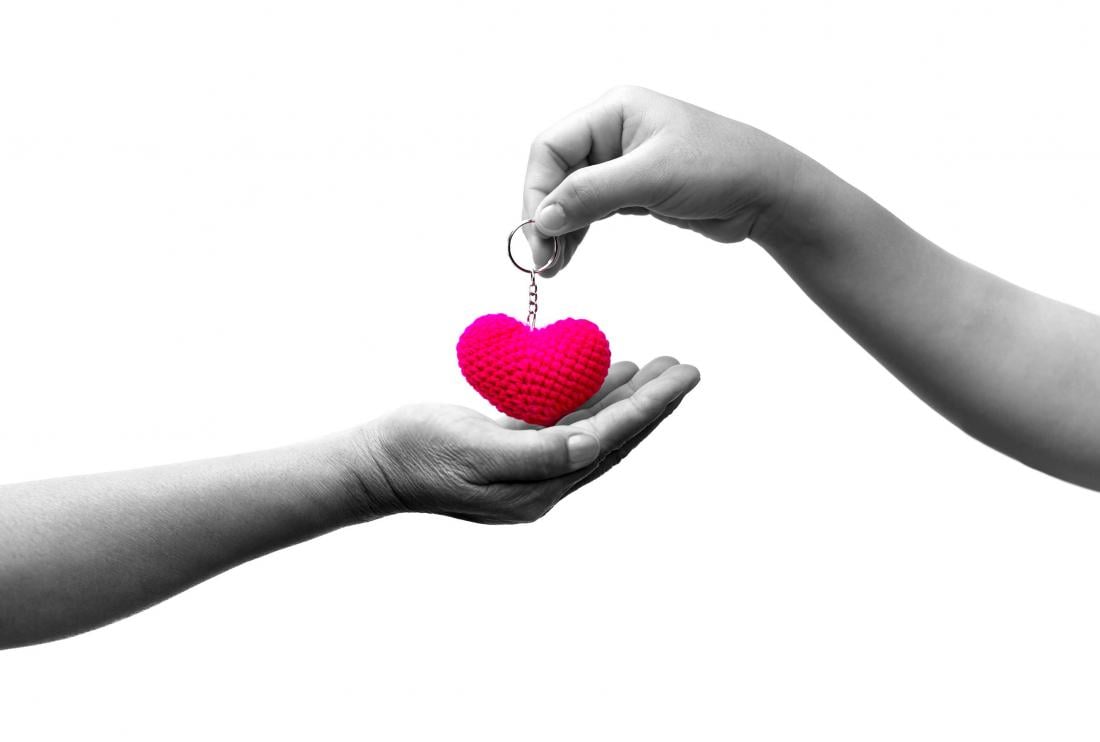“What touches me most,” says SMU research scientist Dr Tan Hwee Xian, “is to hear from the elderly that the system makes them feel safe.”
Ensuring a high quality of life for an expanding elderly population demands that community eldercare providers strike a delicate balance between frequently competing factors. For instance, safety is sometimes at odds with privacy; providing comprehensive care may erode an elderly person’s cherished sense of independence; and too much security may give rise to a sense of being controlled.
Project SHINESeniors, which is focused on resolving these contradictions, does so by creating a ‘smart home’ for older people living alone.
A team of researchers at Singapore Management University (SMU) - Tata Consultancy Services (TCS) iCity Lab has equipped one-bedroom apartments with motion sensors that can detect unusual periods of inactivity: a possible indication that the tenant has either fallen or suffered a health crisis. This information is then fed to a voluntary welfare organization for its staff and volunteers to react to the potential emergency.
What makes Project SHINESeniors unique is its focus on how the technological tools can enhance the efforts of community caregivers who provide the crucial, person-to-person contact with elderly tenants.
“The value we provide is in tying the technology to community care provisioning,” says Dr Tan Hwee Pink, academic director of iCity Lab. “We see it as a more complete, holistic and end-to-end evidence-based approach to ageing. The technology enables community organizations to improve their operations and increase their effectiveness with the limited number of staff and volunteers they have, while still catering to the elderly person’s individual needs.”
The research proposes that the best approach to deal with a growth in an ageing population is to allow as many people to stay in their homes as possible.
With senior citizens set to account for 20% of Singapore’s population by 2030, the concept of ‘ageing in place’ becomes key to dealing with “the fact that healthcare resources and assisted living facilities are becoming more limited,” says Tan.
Yet living alone is not without risk. In fact, the government initiated the current research in response to the tragic realization that, over a five-year period, “about 50 elderly residents in Singapore passed away in their homes and it had taken days, or sometimes up to a few weeks, to find out that they were dead,” Tan explains.
To reduce such incidents, a sensorenhanced ‘smart home’ was designed. The first line of defence is a panic button that a resident can push to alert the community caregivers that he or she has fallen or is facing a problem. If the elderly person is not carrying the panic button, there is still the sensor system to detect the conditions that point to an emergency, analyse the data and sound the alarm.
Contacts on the main door indicate whether the tenant is inside or outside the apartment. If the resident remains inside, motion sensors on the walls of each room will determine whether the person is moving according to normal patterns or if there is an unexpected absence of movement.
SMU research fellow Dr Alvin Valera stresses that the unobtrusive nature of this motion-detecting system reassures residents that their privacy is not being violated.
“We don’t use vision-based or camerabased sensors, or even those that record audio precisely because of this concern with privacy,” he says.
A key objective of the project is to refine the technology to better distinguish between normal and abnormal periods of inactivity so as to reduce the number of false alarms.
“We looked at the historical data of each resident’s movement patterns to determine a personalised threshold that would give us a better indication of how long it should be before an alert is sent,” explains Valera.
After its three-year trial, there are hopes that the implementation of the smart home systems will be scaled up throughout Singapore. Responses from elderly participants have been encouraging. No one has dropped out of Project SHINESeniors and many have urged their friends to sign up for the pilot test.
“What touches me most,” says SMU research scientist Dr Tan Hwee Xian, “is to hear from the elderly that the system makes them feel safe.”
Further information
Associate ProfessorTan Hwee Pink | E-mail: [email protected]
SMU-TCS iCity Lab
Singapore Management University



